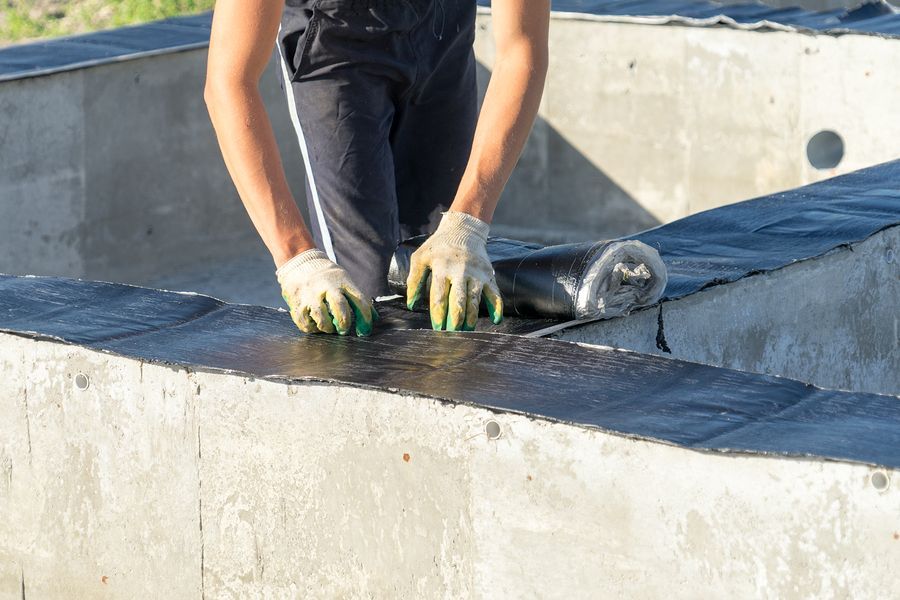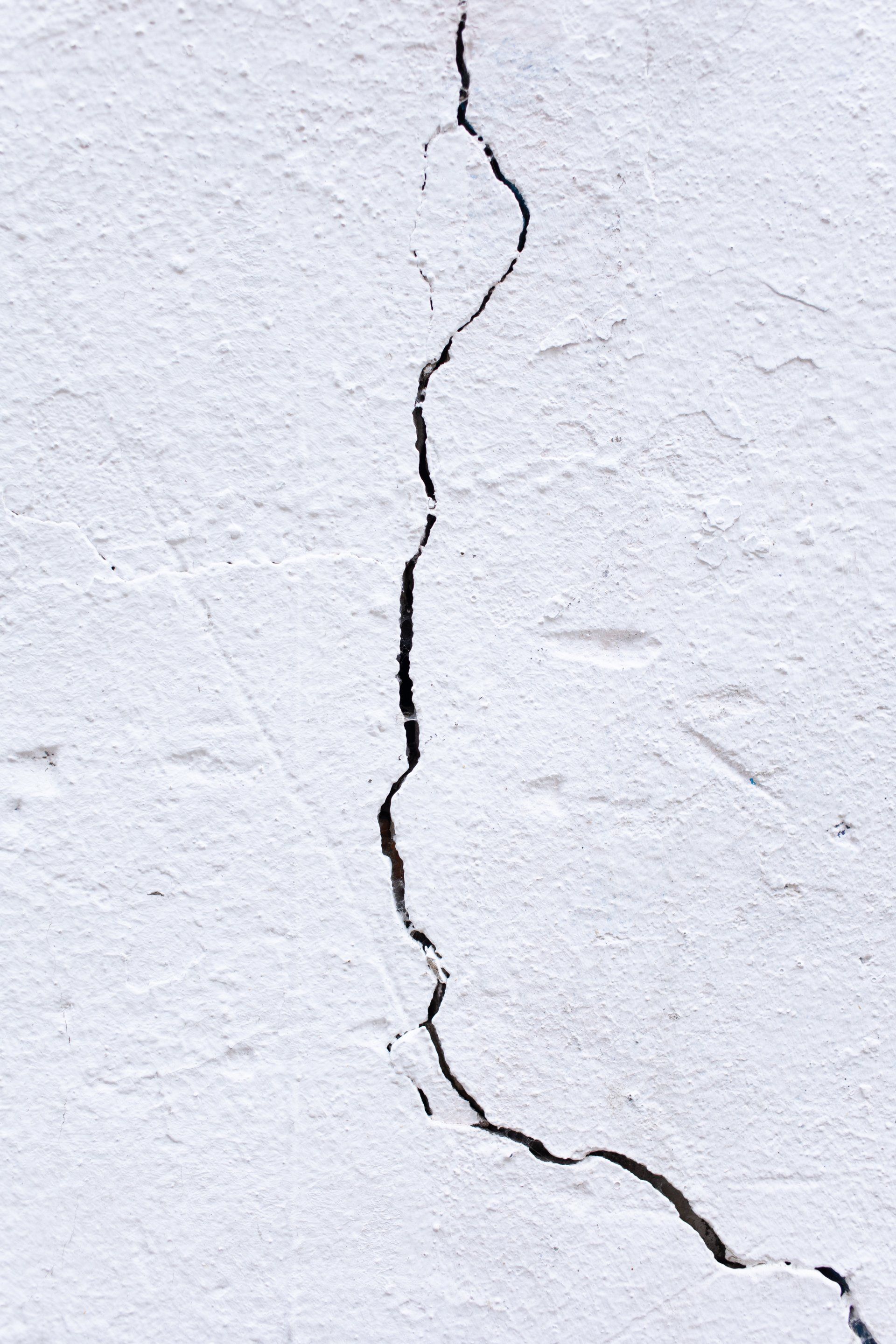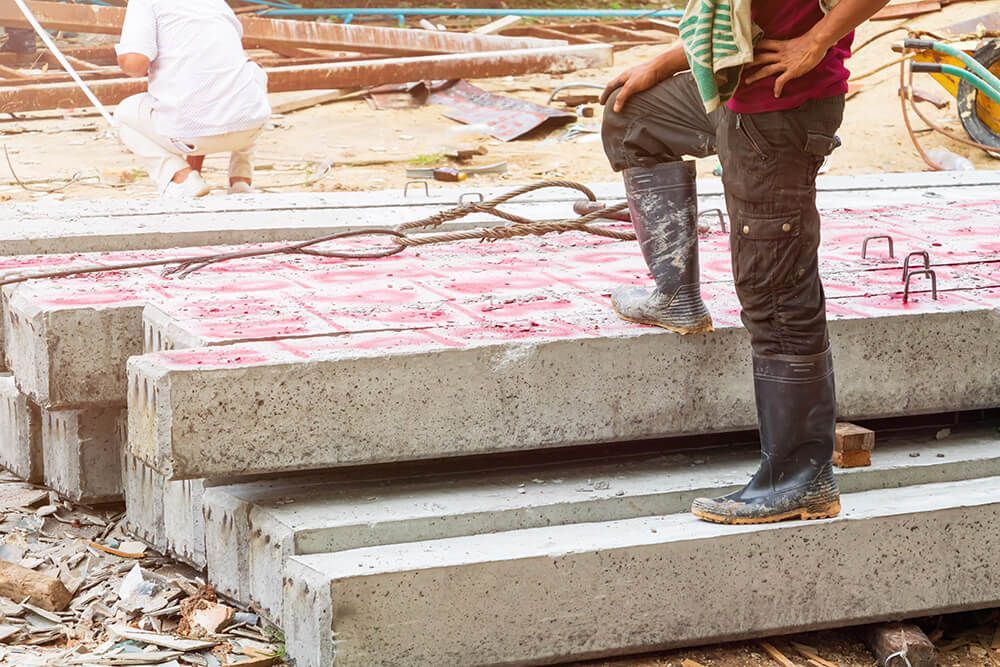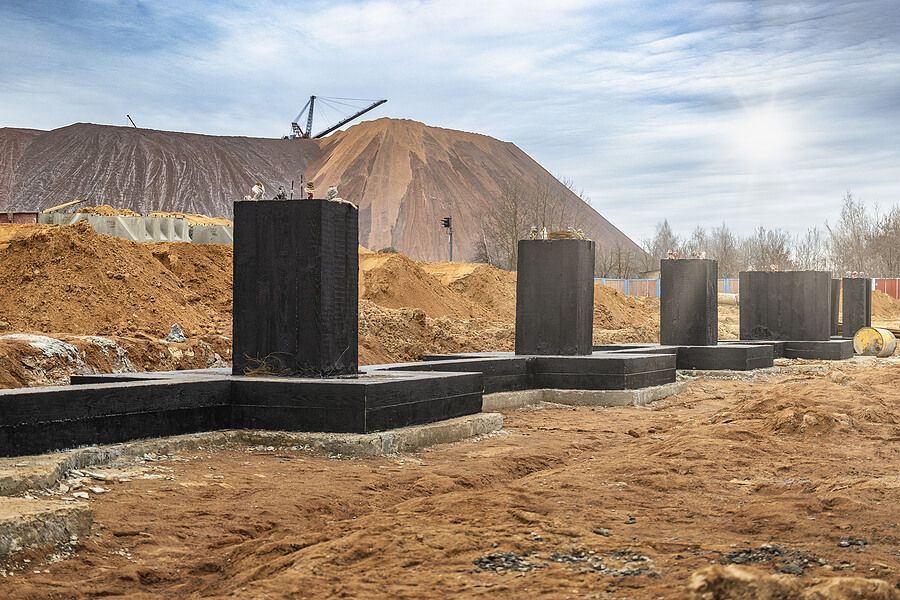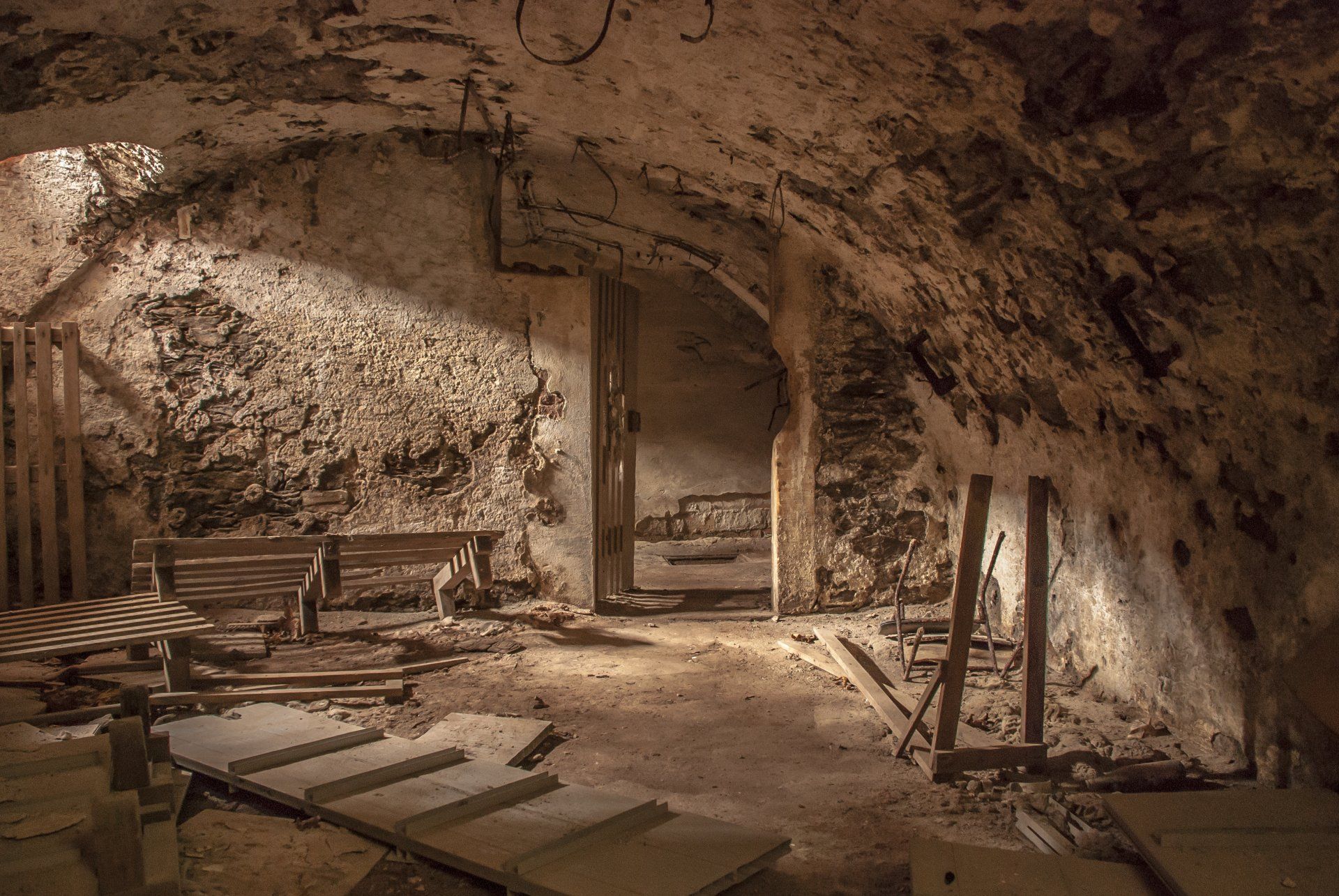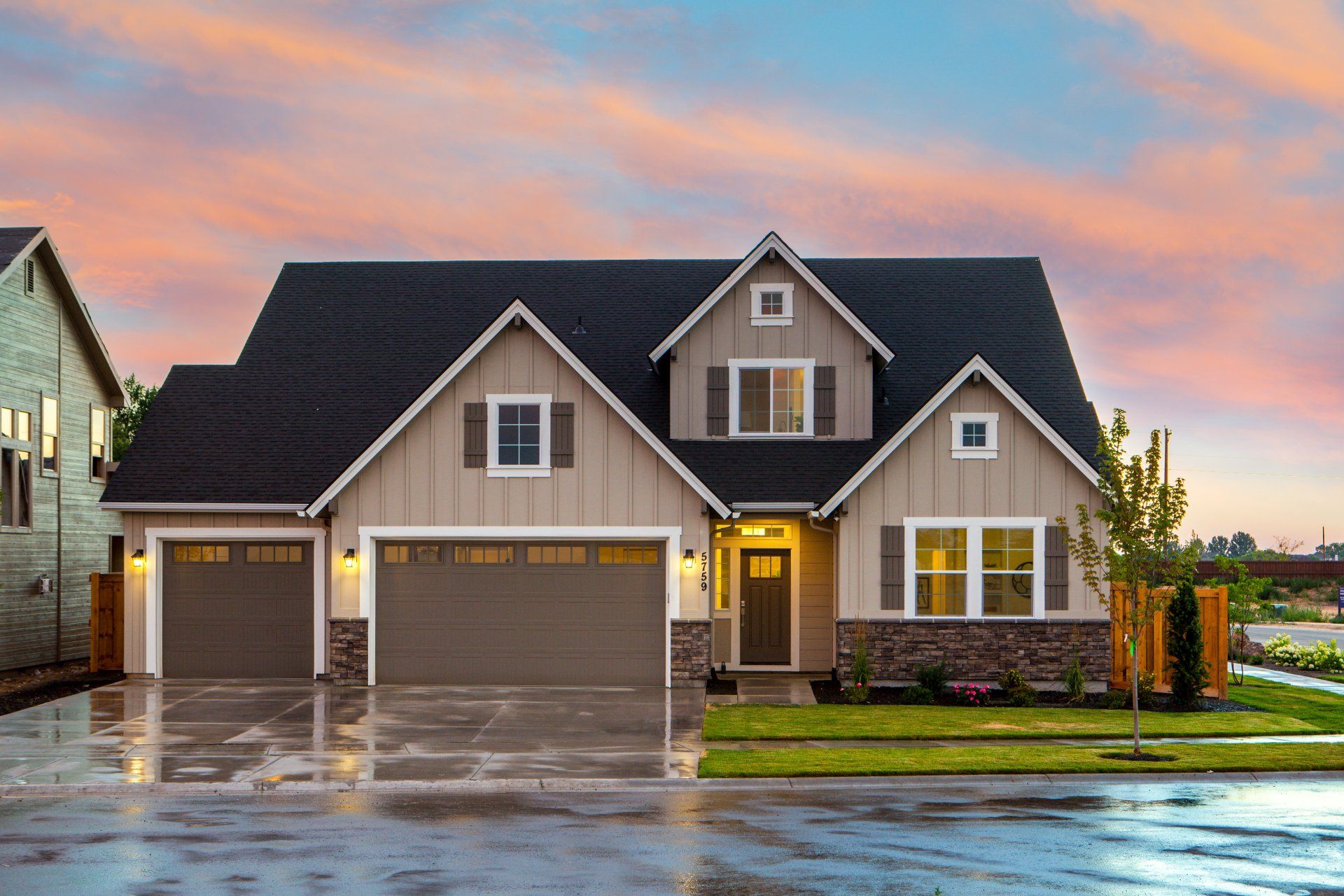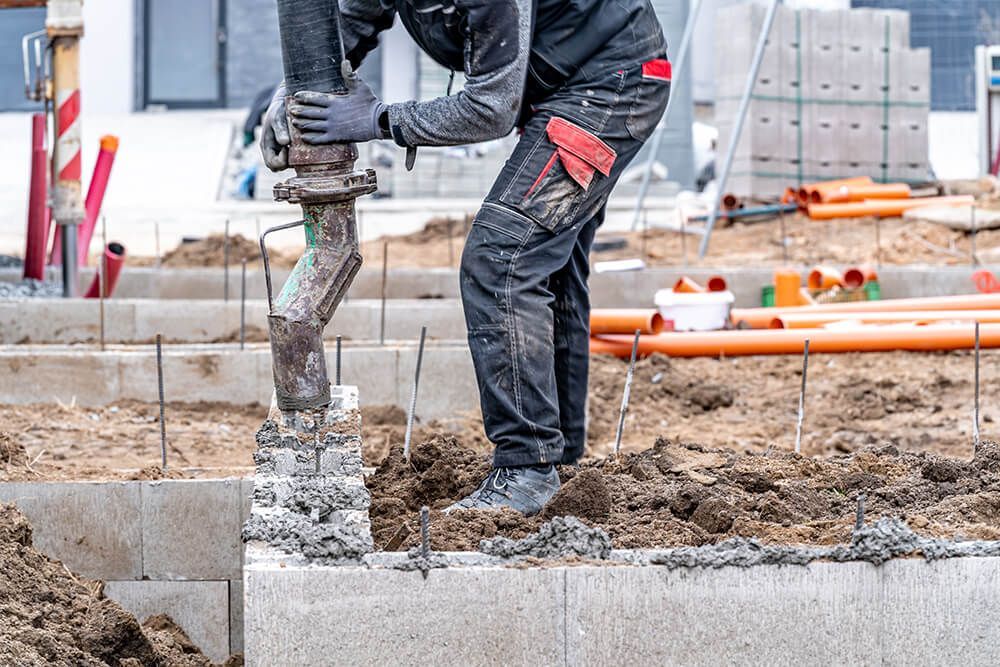Pier and Beam Repair: Transforming Challenges into Success
Mastering the Art of Pier and Beam Foundation Repair for Lasting Home Stability
Pier and beam foundation repair, a crucial aspect of maintaining the structural integrity of many homes, often involves complex challenges. This article serves as a comprehensive guide, delving into the intricacies of pier foundation repair, the types of pier foundations, and effective strategies for addressing foundation issues. Our focus is on transforming these challenges into success stories, ensuring your home remains safe and stable.
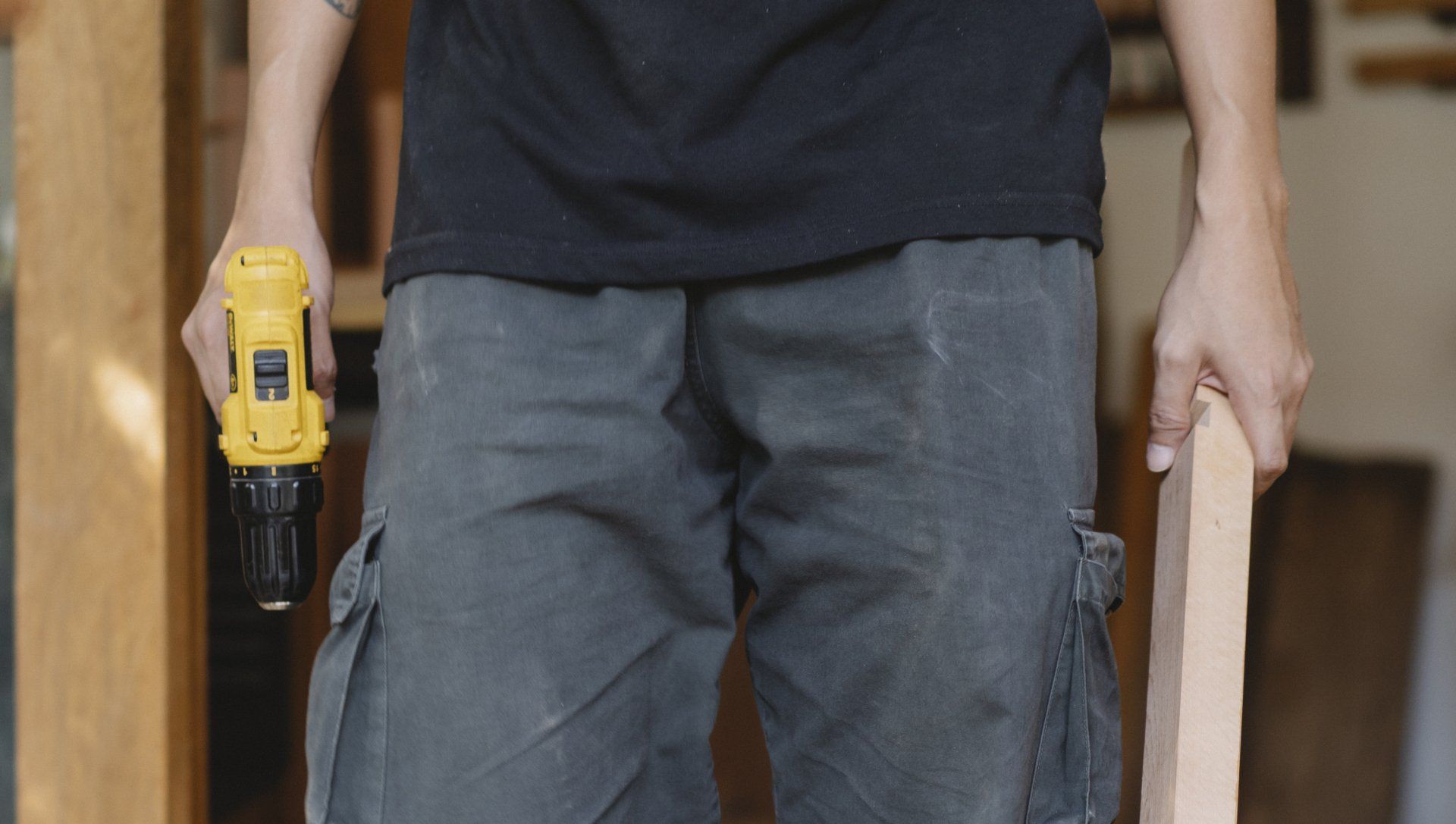
Understanding Pier and Beam Foundation
A pier and beam foundation, also known as a pier foundation, consists of piers or large supporting beams that provide the base for a building. This type of foundation is prevalent in specific geographic areas and is known for its durability and ease of access for repairs. The foundation beams and piers are usually made of concrete or steel and are strategically placed to distribute the weight of the building evenly.
Identifying Foundation Issues
Foundation issues in pier and beam constructions can manifest in various ways. Homeowners might notice uneven floors, cracks in walls, or doors that don't close properly. These signs indicate potential problems with the foundation beam or pier beam structure. It's crucial to address these issues promptly to prevent further damage to your home.
Pier Foundation Repair Techniques
Pier foundation repair techniques vary based on the type and extent of the damage. Common methods include:
- Pier and Beam Leveling: This involves adjusting the height of the piers to correct any unevenness in the foundation.
- Beam Replacement or Repair: Damaged beams may need repair or replacement to restore the foundation's integrity.
- Stabilization: Installing additional supports or piers to strengthen the foundation and prevent future issues.
Types of Pier Foundations for Homes
Pier foundations come in several types, each suited to different soil types and building designs. Understanding these types can aid in diagnosing and fixing foundation problems:
- Drilled Shaft Piers: Ideal for heavy structures, these piers are drilled deep into the ground.
- Spot Piers: Used for lighter structures, spot piers are hand-dug and filled with concrete.
- Helical Piers: These are screwed into the ground and are effective for both heavy and light structures.
Pier Foundation Construction and Repair
The construction of a pier foundation is a meticulous process that requires expert knowledge. Similarly, pier foundation repair demands a high level of expertise to ensure the stability and longevity of the structure. Professionals often conduct a thorough assessment before embarking on repair work, considering factors like soil type, building weight, and existing damage.
Preventative Measures and Maintenance
Preventative maintenance is key in avoiding significant foundation fixing costs. Regular inspections can identify minor issues before they escalate. Homeowners should also be aware of the soil conditions around their homes, as soil movement can adversely affect pier foundations.
The Cost of Ignoring Foundation Issues
Ignoring foundation issues can lead to severe structural damage, safety hazards, and decreased property value. Timely intervention not only saves money in the long run but also ensures the safety of the inhabitants.
Choosing the Right Repair Service
Selecting a competent repair service is critical. Look for companies with experience in pier and beam foundation repair, a solid reputation, and the necessary licenses and insurance. Avoid making your choice based solely on cost; expertise and reliability are far more important in ensuring effective, long-lasting repairs.
Advanced Repair Techniques
Advanced repair techniques are often employed in complex situations where standard procedures might not suffice. These include:
- Underpinning: This method involves extending the foundation depth or breadth to redistribute the load to more stable soil. It is particularly effective in cases where soil erosion or shrinkage has compromised the original foundation.
- Hydraulic Lifting: Hydraulic jacks are used to lift and level the foundation beams to their original positions. This technique requires precision and expertise to ensure the structure's integrity.
Environmental Considerations in Foundation Repair
Environmental factors play a significant role in the health of pier and beam foundations. For instance, areas with frequent flooding or high moisture levels can cause wooden beams to rot, requiring more frequent inspections and potential replacement with more durable materials.
The Role of Soil in Foundation Stability
Different soil types react differently to moisture and temperature changes, impacting pier foundations. Expansive soils, for instance, can shift significantly, causing movement in the foundation. Understanding the soil type beneath your home can help in choosing the right repair strategy and preventative measures.
DIY vs. Professional Repairs
While some minor repairs might be within the realm of experienced DIY enthusiasts, most pier and beam foundation repairs should be left to professionals. The complexity and risks involved in foundation repair require specialized tools and knowledge. Incorrect repairs can lead to further damage and can even be dangerous.
Long-Term Care and Monitoring
After repairs are completed, it’s essential to implement a long-term care and monitoring plan. This includes regular inspections, especially after extreme weather events, and maintaining consistent soil moisture levels around the foundation to prevent soil contraction and expansion.
Insurance and Warranties in Foundation Repair
Understanding what your home insurance covers in terms of foundation repair is crucial. Some policies may cover damages caused by specific events, but not general wear and tear. Additionally, when choosing a repair service, inquire about warranties on their work. This can provide peace of mind and protection against future issues.
The Importance of Professional Assessment
Before any repair work begins, a professional assessment is vital. This assessment should include a thorough examination of the foundation, identification of the root causes of the issues, and a detailed plan for repair. Skipping this step can lead to ineffective repairs and recurring problems.
Cost-Benefit Analysis of Repair vs. Replacement
In some cases, it might be more cost-effective in the long run to replace parts of the foundation rather than continually repairing them. A cost-benefit analysis, done by professionals, can help homeowners make informed decisions about the most economical and effective approach.
Conclusion
Pier and beam repair is a nuanced field that demands expertise and careful consideration. Understanding the types of foundations, recognizing signs of distress, selecting the right repair methods, and engaging qualified professionals are all critical steps in transforming foundation challenges into success stories. Regular maintenance, coupled with professional guidance, will ensure the longevity and safety of your home's foundation, safeguarding your investment for years to come

